Greg Stimac: Americana
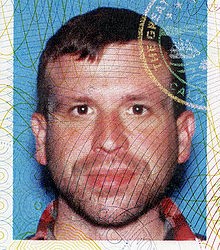
Tell me about “Empire” and the “Gas Station” series and your choices of perspective, time of day, motion, and light? Were these influences? How did your perspective change through the process?
Regarding “empire”, there is no better place in the country to experience the 4th of July than Chicago. It starts a couple of weeks early and ends just before sunrise on July 5th: driving to the Indiana border to buy illegal fireworks, setting half of them off early, waking up to the sound of kids playing with bottle rockets and Black Cats in the street. Block parties all day, rooftops all night, each neighborhood out showing the next. The morning after, Chicago wears a crown of BBQ and gunpowder smoke. It really is an event.
My concept for the Gas Station photos came about while I was editing and reviewing Empire. I found a simple way to represent gasoline stations that was free from typical eye-level associations: from above and at night, while they appear as black rectangles and squares, the surrounding environment is defined by the fluorescent glow beneath the canopy; the visible top, in contrast, remains pure black. Despite the unfamiliar perspective, one can still recognize pipes and motor oil splotches dotting the concrete, as well as isolated figures through the faint headlights in mute hover. These details highlight the shape of each canopy, and both conceal and reveal the main subject of the photograph. Similar to Empire, the experience of making the gas station photographs had a militaristic feeling. This time, instead of a bombing raid, it became a reconnaissance operation.
In Gas Station, the aerial black and white photographs transform the everyday gasoline station into monumental monoliths or bottomless erasures. Whereas in Empire the iconic holiday has been stripped of its monumental aspects. Unlike expected renditions of these subjects, they tap into the deeper history, where the darker complexities of US national heritage and fossil fuels come to the surface.
The inversion process can refer to layers of temperature. How does this play a part in the “Old Faithful Inversion”? My understanding is that inversion is caused by contrasting temperatures. What is this process and what was your process in capturing, creating, and presenting? What was your choice of time of day and 16mm – was it projected in a gallery setting?
In December of 2011, I was planning a trip to take my own recording of Old Faithful, but learned that the park was closed for the winter season. Rather than wait for the snow to melt. I took an 8 second clip from someone’s vacation footage from the web. I decided to make this footage my own. Through a series of editing dissolves and put on loop, Old Faithful was now able to ceaselessly flow at full capacity. After I inverted the color, the geyser was unrecognizable—so much so that I felt the need to include its name in the title. (In Jackson Wyoming, I saw how important of a clue the title was—many who viewed it didn’t see Old Faithful even though it in their own backyard.)
Moving from positive to negative, the geyser appeared more like an oil gusher than a national, natural wonder. I produced two final versions of Old Faithful Inversion. I left the first as digital video and I had the other transferred to 16mm film. My choice in showing one or the other is dependent on context. On the one hand, the digital version takes the feel of a cold Webcam streaming live to no end. In July of 2014, this copy will be included in the exhibition “Phantoms in the Dirt” at the MoCP in Chicago. It will be looped on two large monitors at the corner of Randolph and Michigan. On the other hand, the film version rattles due to the projector, the edges are rounded, and the image dances with grain, dust, scratches and lint. Here, the room is warmed with nostalgic presence. I’ve shown the 16mm version in a gallery setting a few times. I’ve also screened it at my friends Halloween party in Guerneville, CA.
For some context behind the piece: The Yellowstone Caldera is believed to erupt every 600,000 years or so, and it has been 640,000 years since the last. It is not a matter of if, but when it will erupt again. This cataclysmic event would be one million times greater than the atomic bomb dropped on Hiroshima. Like the Gas Station photographs, it became a meditation on what rests, or in this case, is in unrest below.
“Flag/TargetFlag” captures a personal experience of sorts that has the opportunity for a lot of discussion. The flag as object is turned on its head literally. What inspired this work? Do you find the video to be a faithful representation of the piece in a physical setting?
While experimenting last summer, I stripped a tabletop fan down to the motor, and out of curiosity began to attach images for it to spin. The first was a rough drawing I had made of the ying and yang symbol. My friend and I both suspected that, when it was spun rapidly, it would turn completely gray. This was not fully the case, as a black dot formed at the center and the rest fell gray as it spun. Since Independence Day was around the corner, the U.S flag was in its high season of display. So I acted on a whim and took a short drive to the local Target to purchase a small flag to attach to the fan. I glued it to a piece of foam-core and spun it. I found out that when the United States flag spins at a high RPM, all of the blue, as well as the stars within it, disappear and the red and white stripes transform into bulls eye. This discovery surprised me: for 237 years of the flags existence, we had no idea that there was a target hiding inside of it. But not only that, I found it humorous that the flag I had purchased at Target, hadbecome a target.
The finished work is essentially made up of two components, a 15.75”x24” thick sheet of aluminum covered by a flag decal and an electrical motor. The motor is fastened behind the wall and the aluminum sheet is attached to the front. Currently the piece comes off as a demonstration—for now I regulate the speed from a control box, but plan to automate it in the future. As far as viewing on it as a recording, it really needs to be experienced in person. The video cannot convey the hypnotic pulsing, afterimages and meditative danger it generates.
Your work seems to speak highly to Americans, the road, the landscapes, and cityscapes. What industrial, rural, urban, and western themes inspire you? What stories and myths are behind your work’s American themes?
There is both admiration and criticality in the work, which is a very “American” trait. My work is a study and meditation into the slippery notion of American identity, quietly for myself to process, and publicly to contribute what the process yields.
I grew up within a Croatian family and community in Ohio, I believe my childhood and early adult experiences in the Midwest really got me thinking about America and my place in it. Because my roots were mostly over seas, it became important to find and develop them here.
I’m not as interested in finding that place or establishing those roots as I used to be. Instead, I’ve come to understand is that there is nothing inherently “American”—not baseball, not hamburgers or apple pie, and not fireworks or cowboys. This isn’t to say that we don’t want to identify with these things; rather, that America has been in a constant state of flux regarding its identity since the arrival of the European settlers. The United States is still young‑we think in terms of decades rather than centuries—the Constitution is only 226 years old, and its history is complicated. The lack of a fixed identity offers the unique opportunity to be unburdened by a long history. That is not to suggest that we’re in an ideal situation (whatever that might mean): at large, American culture flourishes on life support from the rest of the world. We absorb the world’s culture and appropriate it as American. I often ask myself, what will America look like in 500 years?
What do you have planned for the future?
In the very near future? Well, I’m gearing up to do the Under the Sign Flag Project (ltd los angeles) in the Hollywood Hills. I’ll be hoisting a thrown-away Christmas tree up the flagpole: its called AN APPEAL TO HEAVEN, in reference to the Pine Tree Flag of 1775, perhaps the first US flag.
I recently moved to Los Angeles…and we’re still getting acquainted.
Who should Frontrunner feature next?
Lyle Perdak








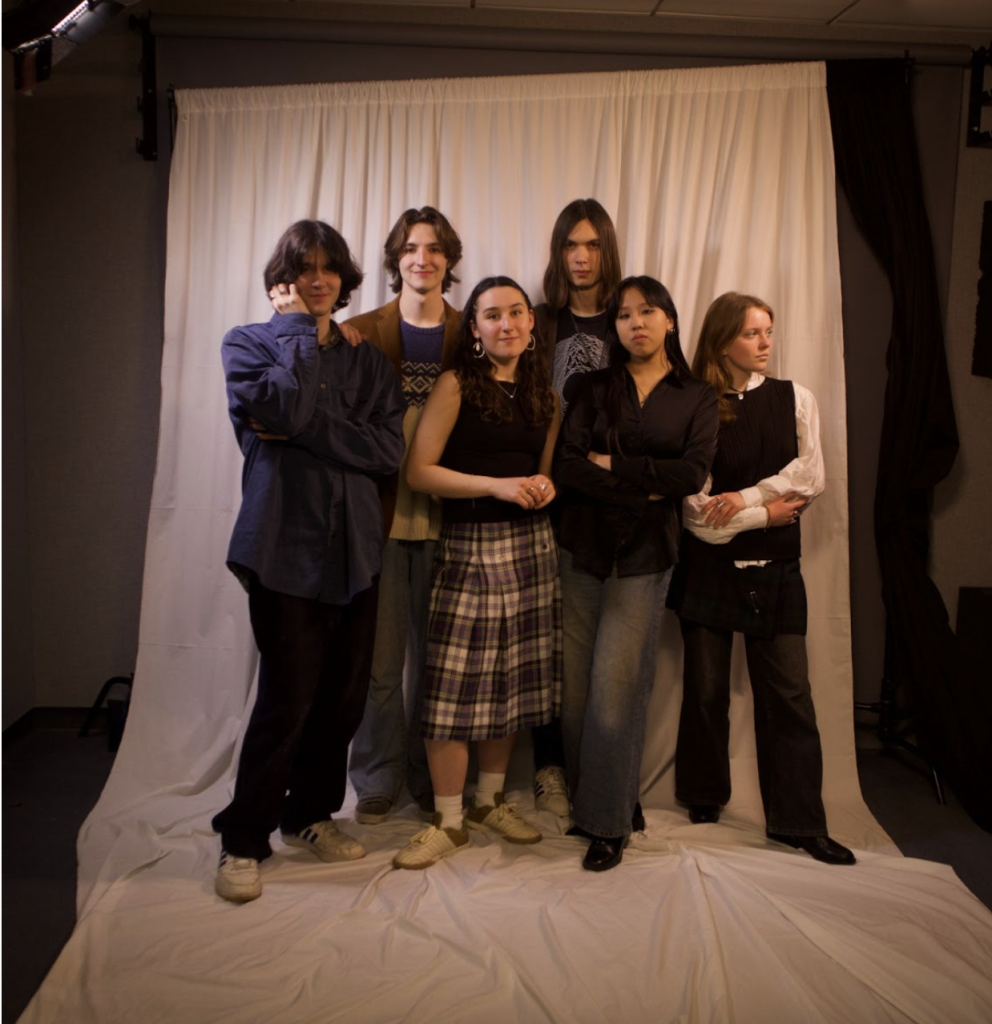
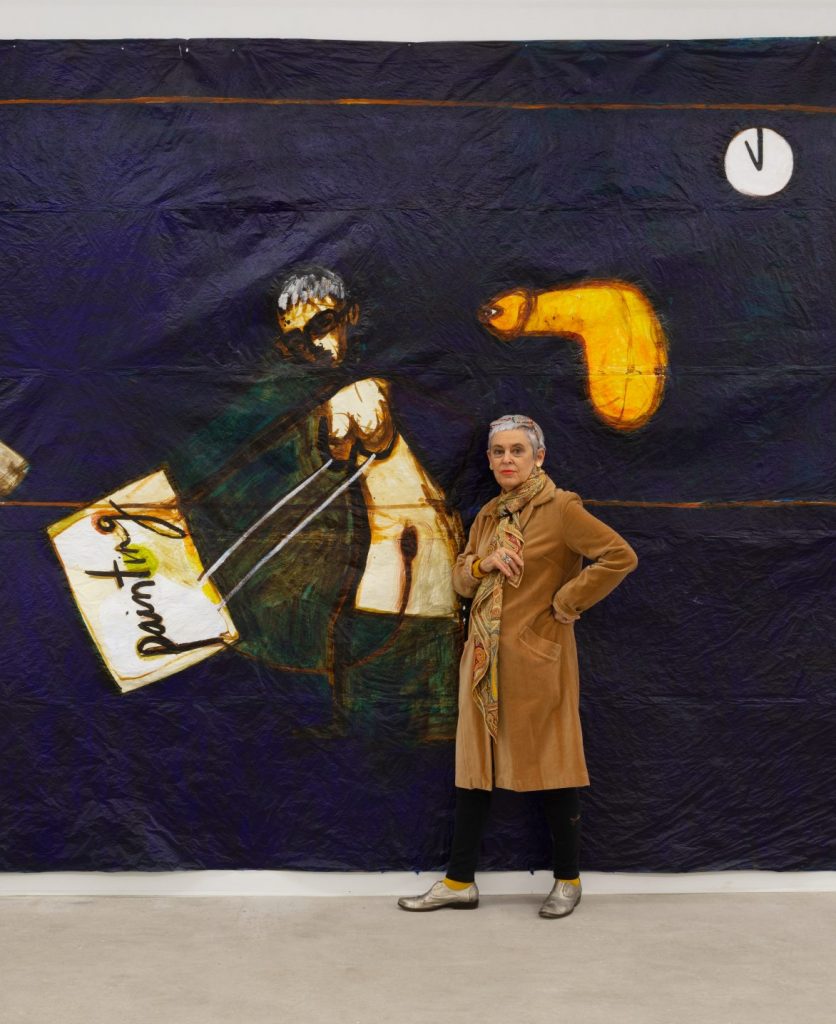
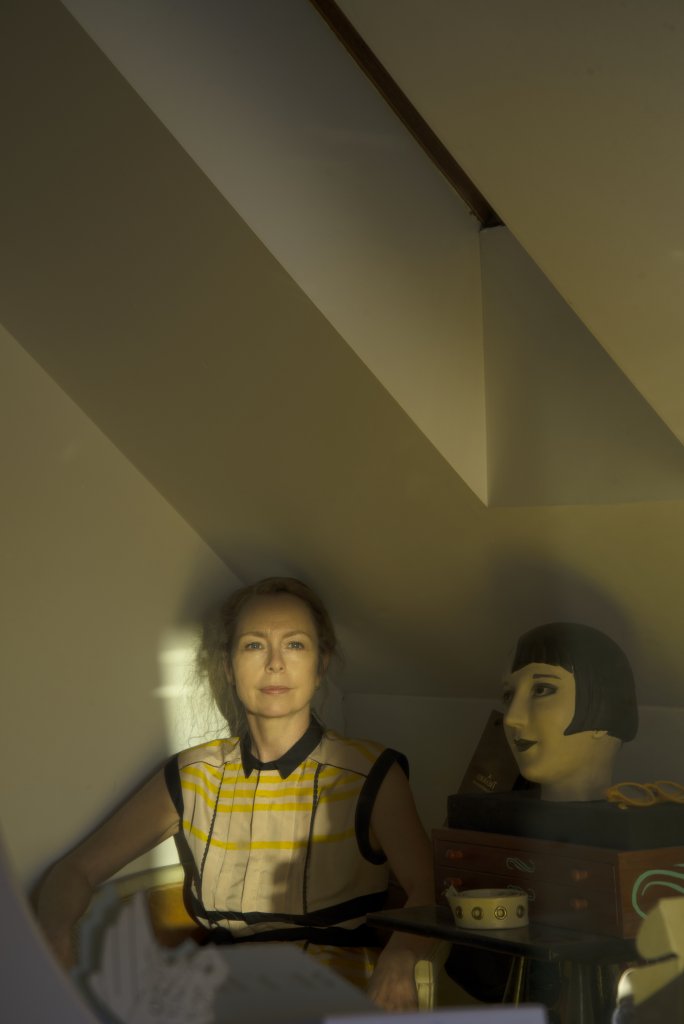
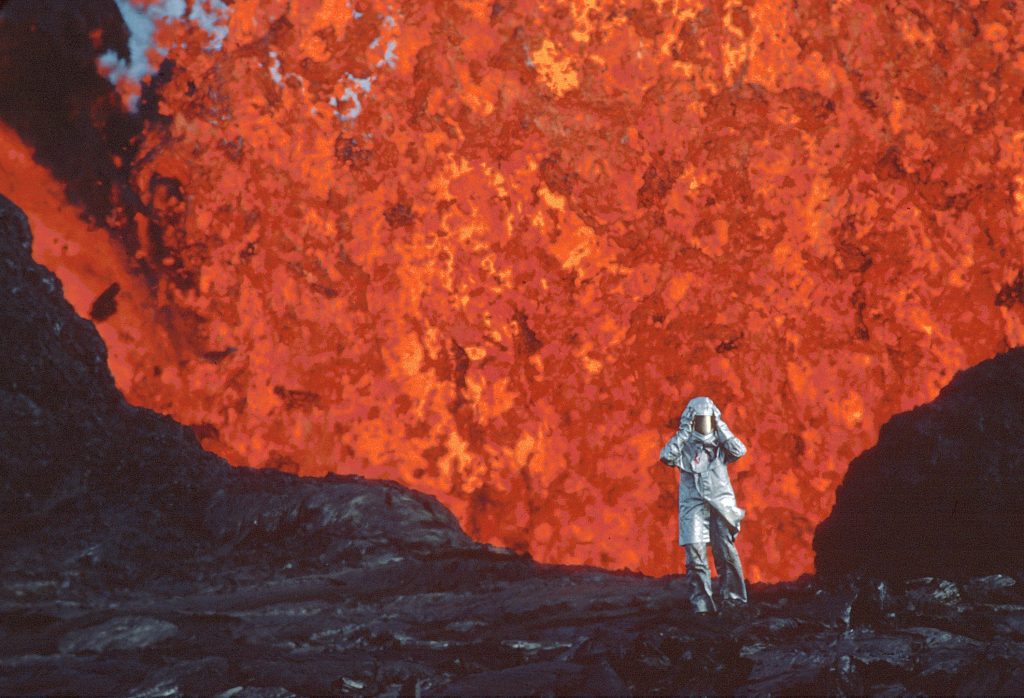
Responses